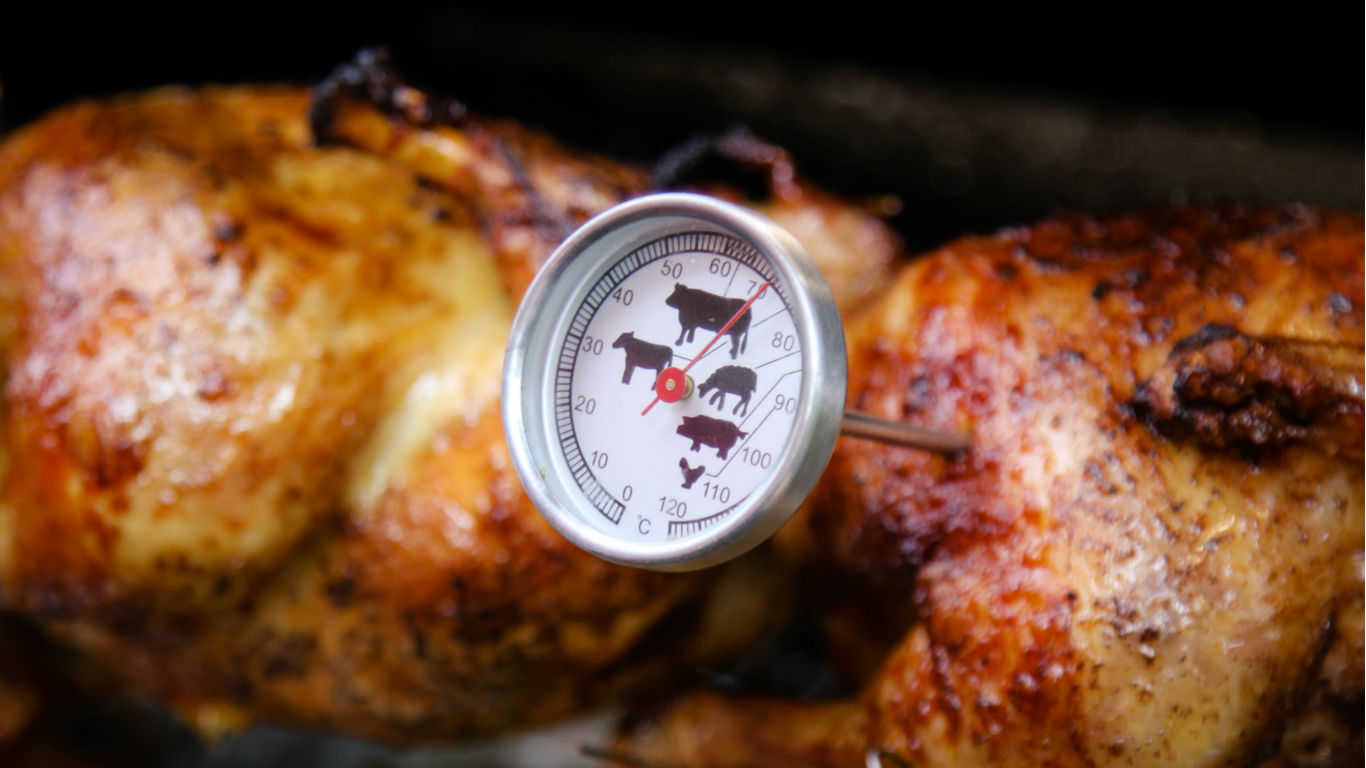
Professional chefs and accomplished home cooks have learned through experience — and familiarity with their grills or ovens — how to turn out the perfect medium-rare steak, juicy lamb burger, or moist but crisp-skinned chicken breast every time.
For everyone else, though, this can be a challenge. Underdone proteins (especially chicken and ground meat) are not only unpleasant to eat but can be dangerous to your health — sometimes even fatal.
The U.S. Centers for Disease Control and Prevention estimates that as many as 48 million Americans suffer from foodborne illnesses every year, resulting in about 128,000 hospitalizations and 3,000 deaths.
On the other hand, overcooking meat and poultry robs them of their flavor and succulence. Who hasn’t, on occasion, ruined a pricey piece of meat by grilling it into rubbery grayness, or roasted a chicken or turkey until its white meat is as dry as cotton? These are tips for the perfect barbacue from the experts.
How can we know unfailingly when our meat and poultry is done? The United States Department of Agriculture (USDA) has a simple answer: Use a meat thermometer, placed in the thickest part of the food (some sources add that you should avoid letting the thermometer touch any bones, which may skew the results).
Click here to learn how 20 kinds of meat and poultry are done
Cooking times don’t help, as everybody’s grill or oven heats differently, and appearances can be deceiving. Only a true expert can tell by look or touch when the food is done. So temperature is the way to go.
Research by the USDA and the Food & Drug Administration (FDA) found that only 34% of cooks use a thermometer to test the doneness of burgers. It’s doubtful that the numbers are much higher for other kinds of protein.
Monitoring internal temperature, though, is the only sure way of knowing when your meat or poultry is done. A wide range of dependable meat thermometers is available, at prices ranging from $25 to $229, according to one specialist website. For both safety and quality, one would probably be a worthwhile investment.
Internal temperatures for each kind of meat and poultry are those recommended by the United States Department of Agriculture (USDA) and, in slightly more detail, by the U.S. Department of Health and Human Services’s Foodsafety.gov website. In some cases, as indicated, government standards call for an additional short resting period after the ideal temperature has been reached. During this period, the temperature will remain constant or rise slightly, continuing to destroy potentially harmful bacteria. Temperatures are given in degrees Fahrenheit.
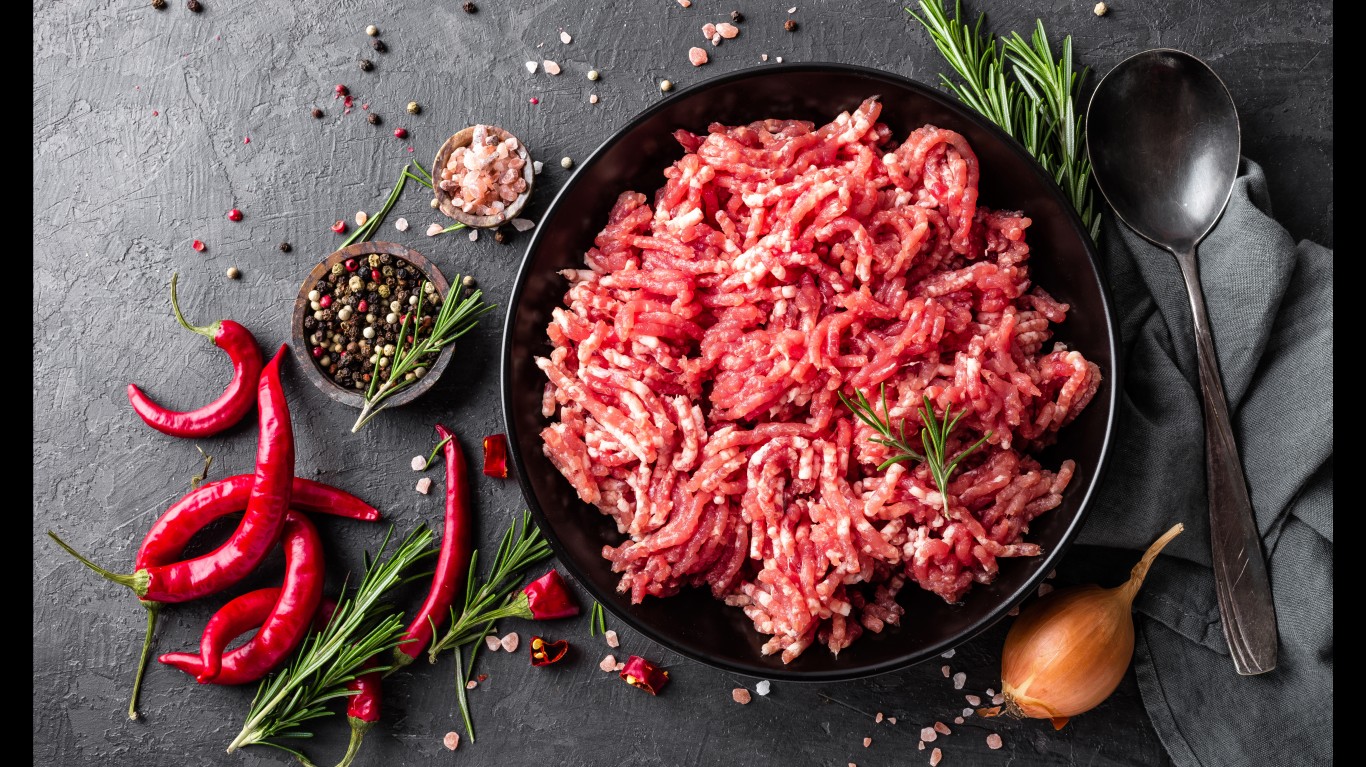
Beef, ground
> Internal temperature: 160º
Some people like their burgers rare or medium-rare, but food safety advocates stress that this simply isn’t safe, though the risk is reduced if you grind your own beef shortly before cooking or buy it from a trusted local source. Some experts believe that 155º is a safe internal temperature for ground beef, but most authorities agree on 160º. Either, though, will result in well-done meat. If you’re living dangerously, 140º will yield medium, 130º medium-rare.
[in-text-ad]
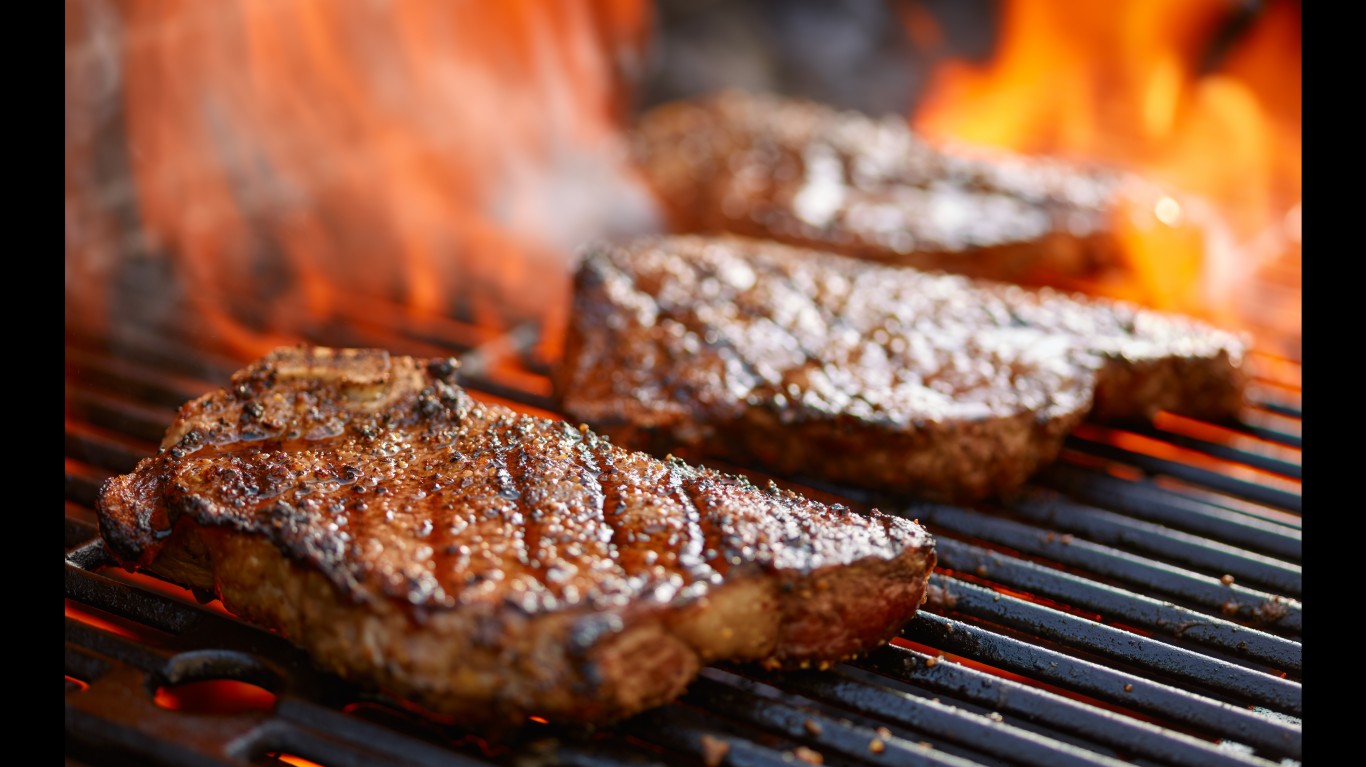
Beef steaks, chops, roasts
> Internal temperature: 145º (rest for 3 minutes)
Government agencies recommend only one temperature for cooking whole pieces of meat, failing to mention that an internal temperature of 145º equates to medium-well. Since the warnings about not eating rare ground meat don’t apply to steaks, chops, and roasts, bear in mind that 135º to 140º means medium, 130º to 135º is medium-rare, and 125º plus a three-minute rest period after cooking will give you rare.
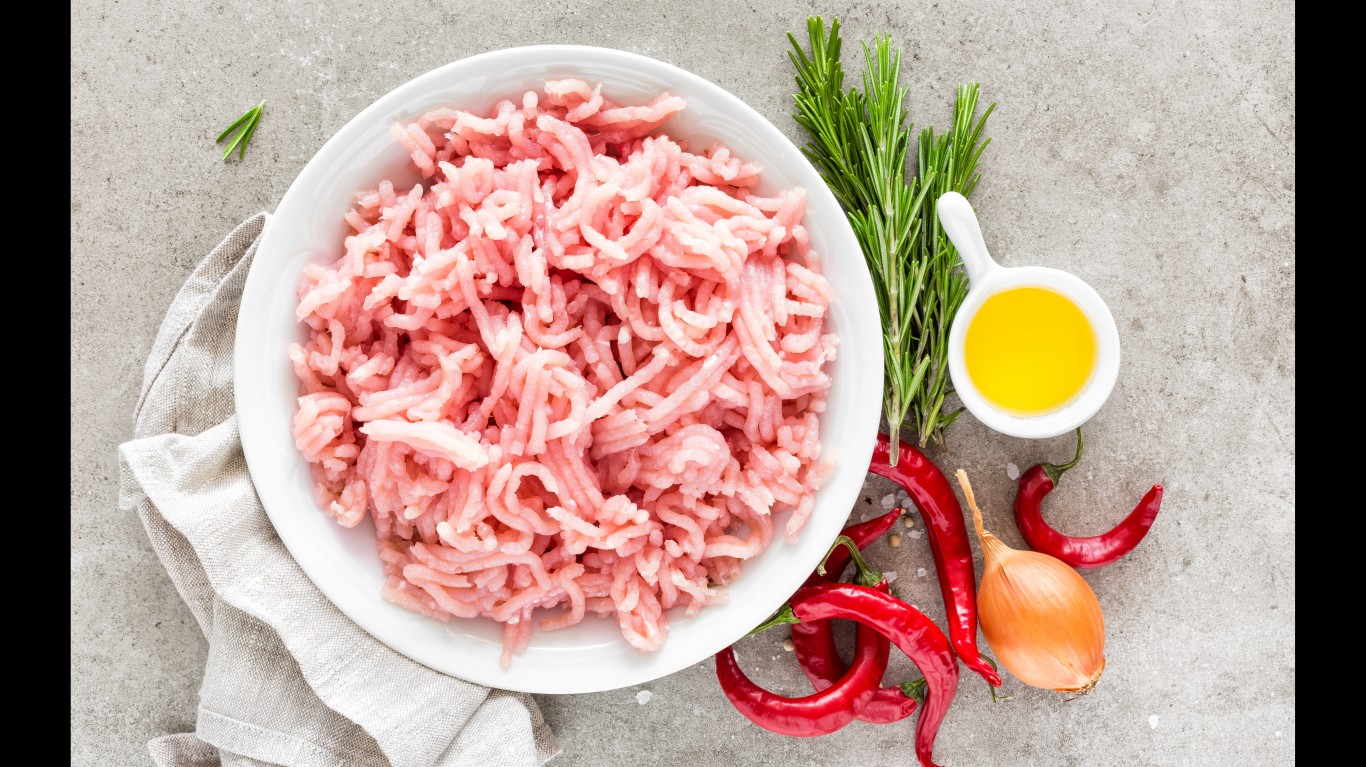
Chicken, ground
> Internal temperature: 165º
As chicken is particularly susceptible to bacterial contamination, it should be cooked to higher temperatures than red meat. While the USDA counsels 165º for ground chicken, testers in the Food Network Kitchen have found that 170º to 175º is preferable.
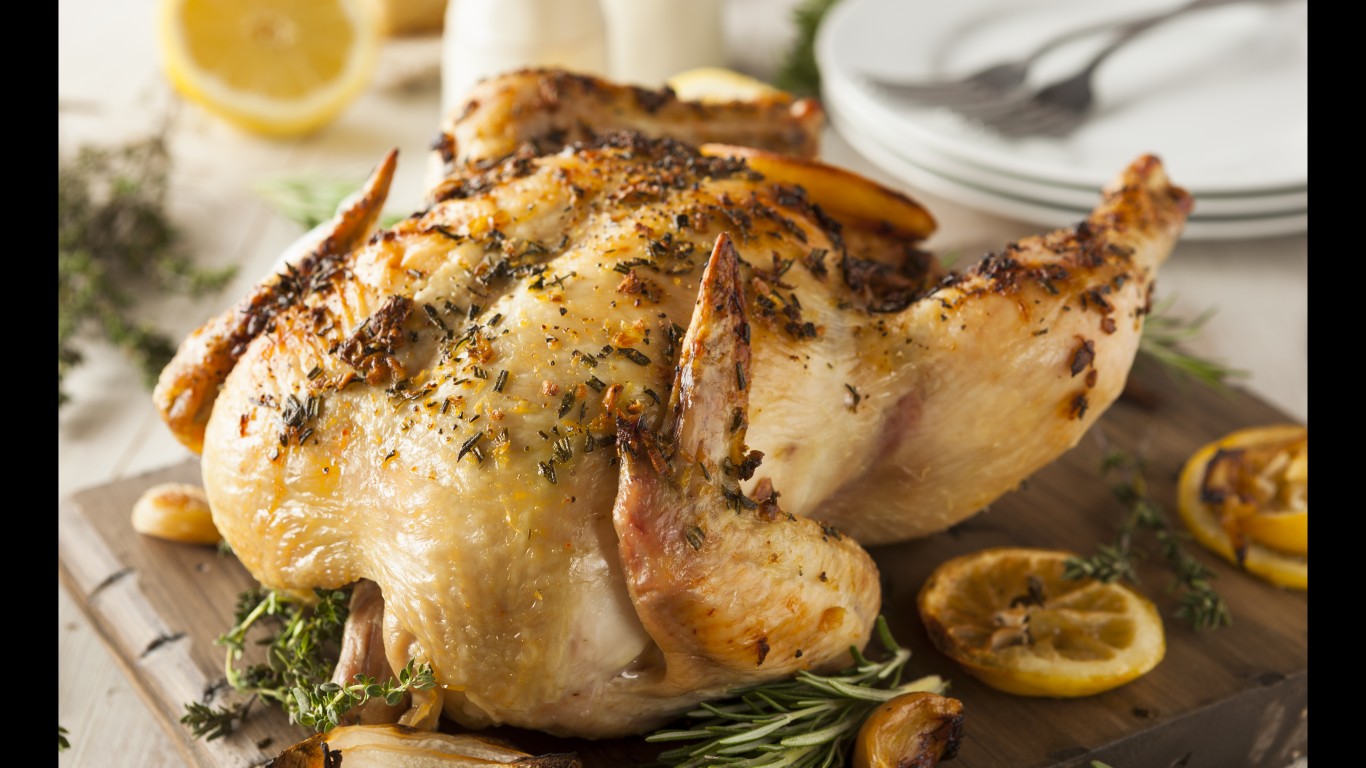
Chicken, whole
> Internal temperature: 165º
There is little disagreement among experts that this is the correct internal temperature for whole chicken.
[in-text-ad-2]
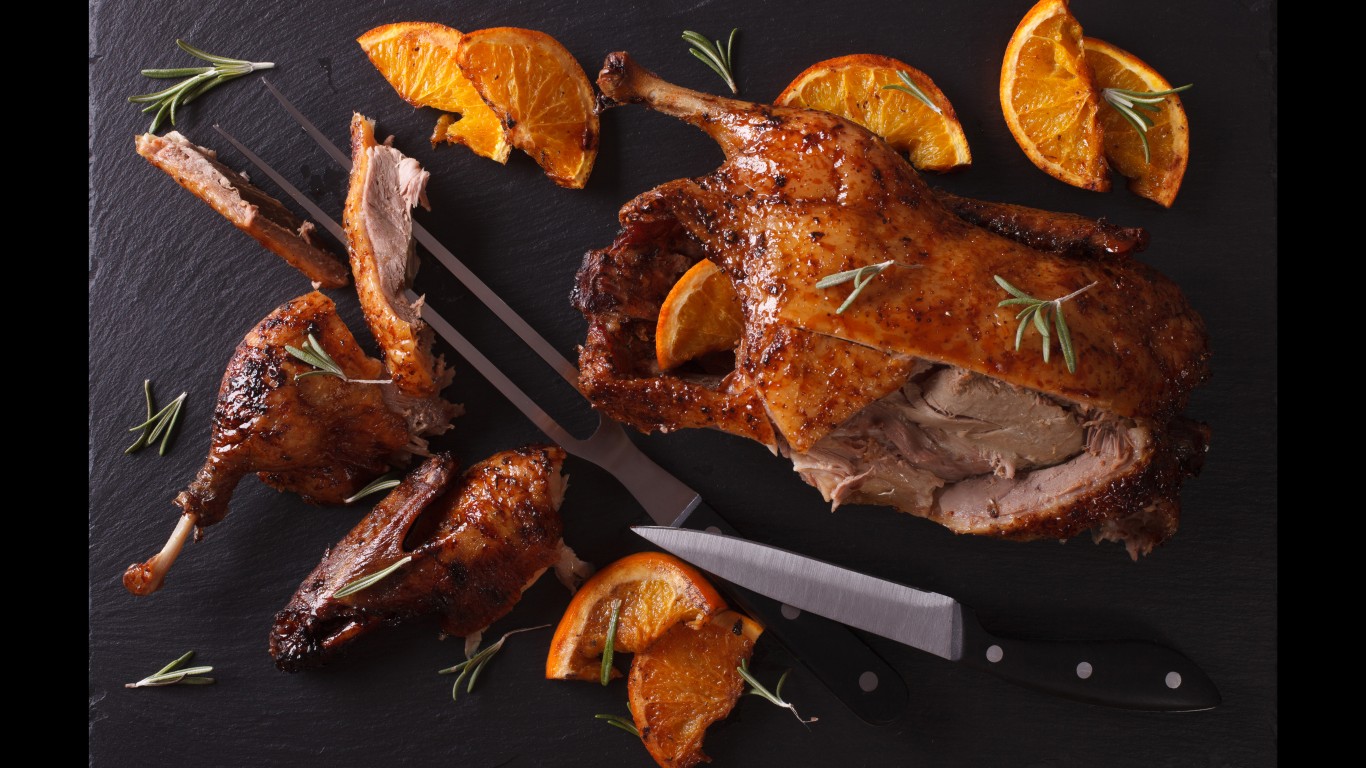
Duck, whole
> Internal temperature: 165º
As with chicken, a temperature of 165º is considered standard for cooking whole ducks, though because duck is not a common carrier of salmonella and its dark red meat resembles that of beef or lamb more than chicken, some cooks roast it to a few degrees less. (Duck breasts cooked separately may be brought to a lower temperature; see below.)

Goose, whole
> Internal temperature: 165º
Goose is not a common meat on American tables these days, but when it is, the whole bird should be roasted to a temperature of 165º. (See below for goose breast.)
[in-text-ad]
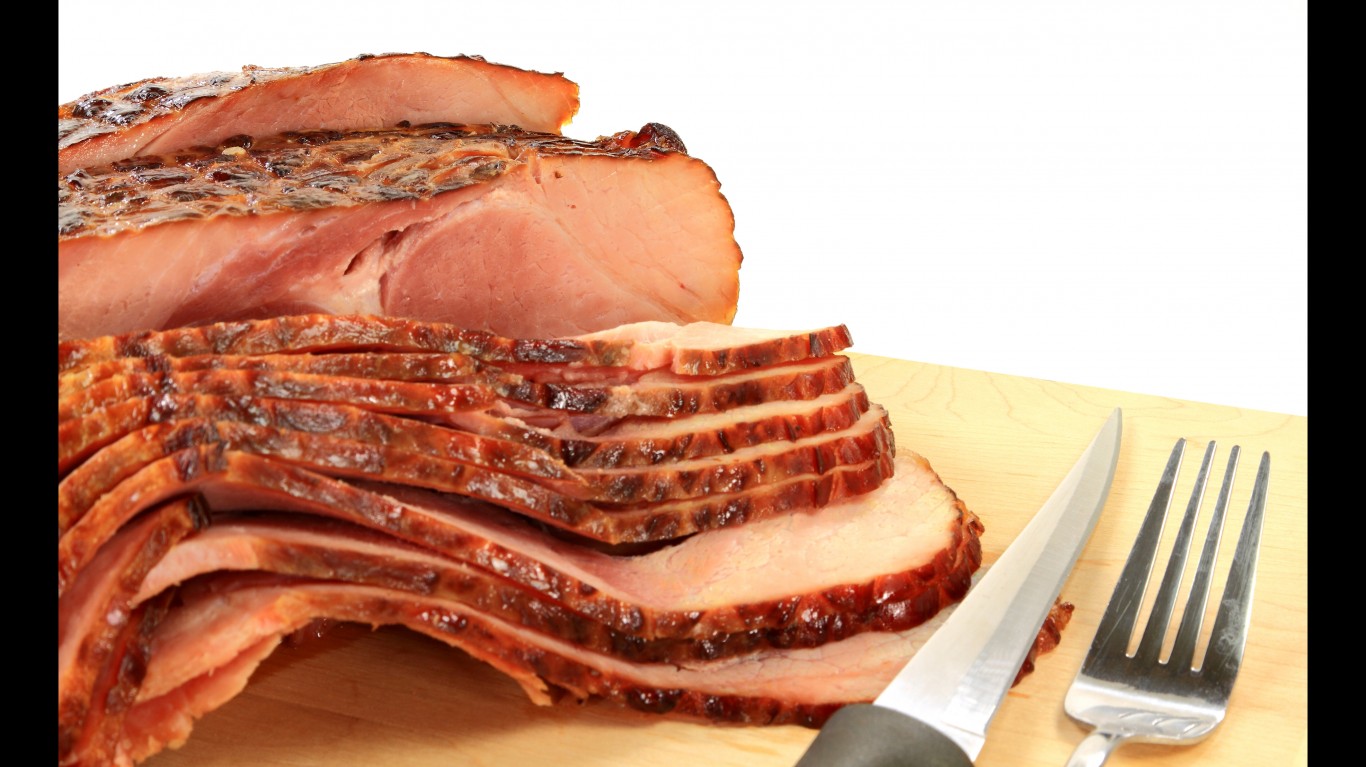
Ham, precooked
> Internal temperature: 140º
Though Foodsafety.gov gives 140º as the ideal temperature when reheating a ham that’s already cooked, the USDA specifies that this applies only to those packaged in USDA-inspected plants (some ham is repackaged outside USDA supervision and may be contaminated with pathogens). If there is a question as to where the ham was packaged, it should be brought to 165º.

Ham, raw
> Internal temperature: 145º (rest for 3 minutes)
Whether smoked or fresh, any uncooked ham should be baked or roasted to 145º, then allowed to rest for a few minutes before serving.
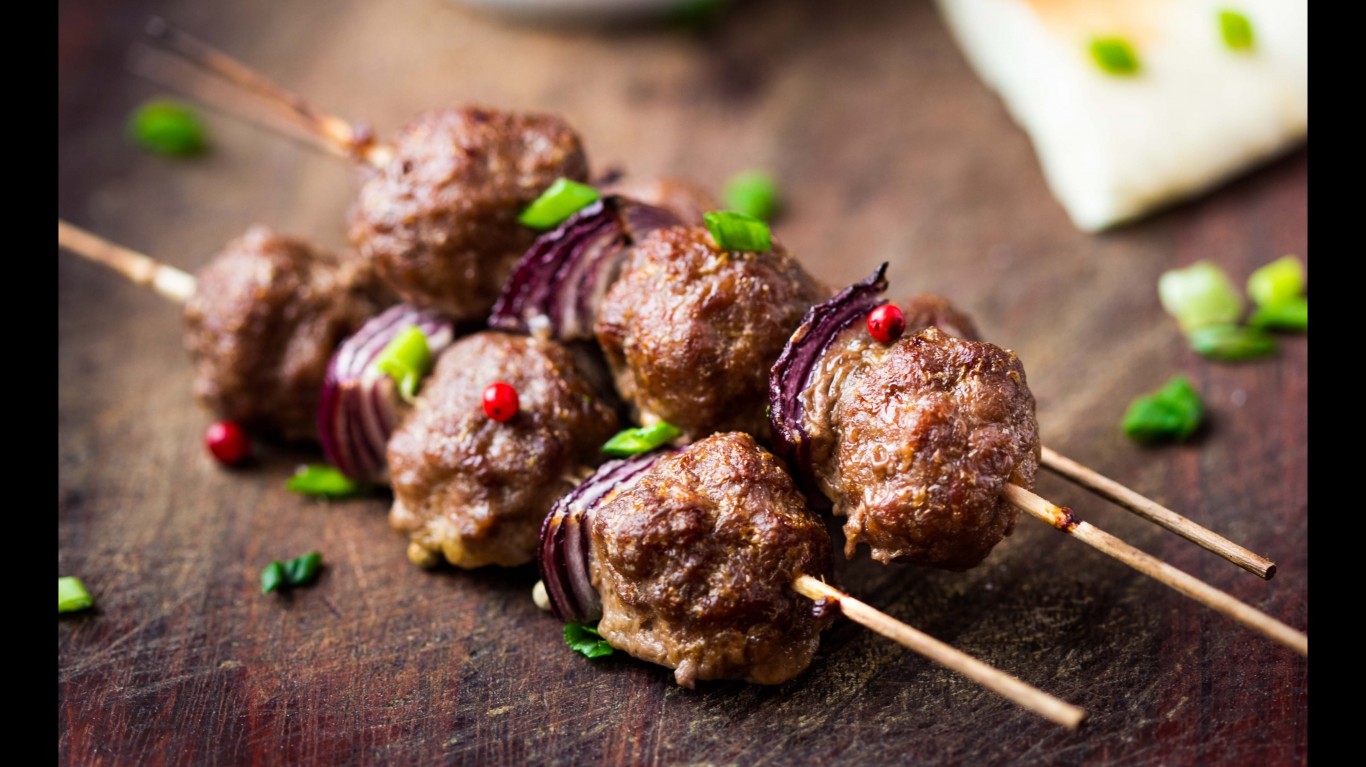
Lamb, ground
> Internal temperature: 160º
As with ground beef, 160º is the preferred safe cooking temperature for ground lamb. Also as with ground beef, though, some sources believe that 155º is a safe internal temperature, while, if you’re living dangerously, you’ll want to stop it at 140º for medium, 130º for medium-rare.
[in-text-ad-2]
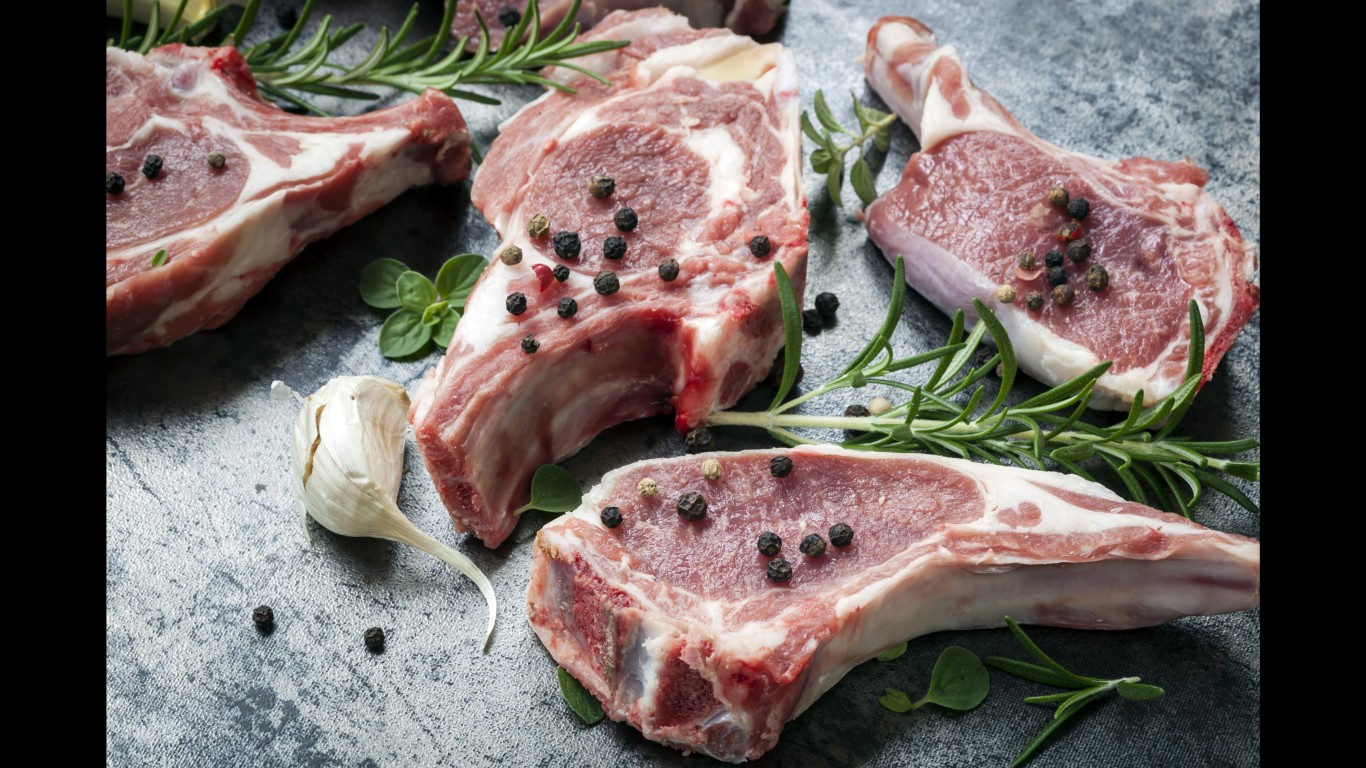
Lamb steaks, chops, roasts
> Internal temperature: 145º (rest for 3 minutes)
As with beef, this recommended temperature will result in medium-well meat. If you like your lamb rosy or beyond, figure 135º to 140º for medium, 130º to 135º for medium-rare, and 125º plus a three-minute rest period after cooking for rare.
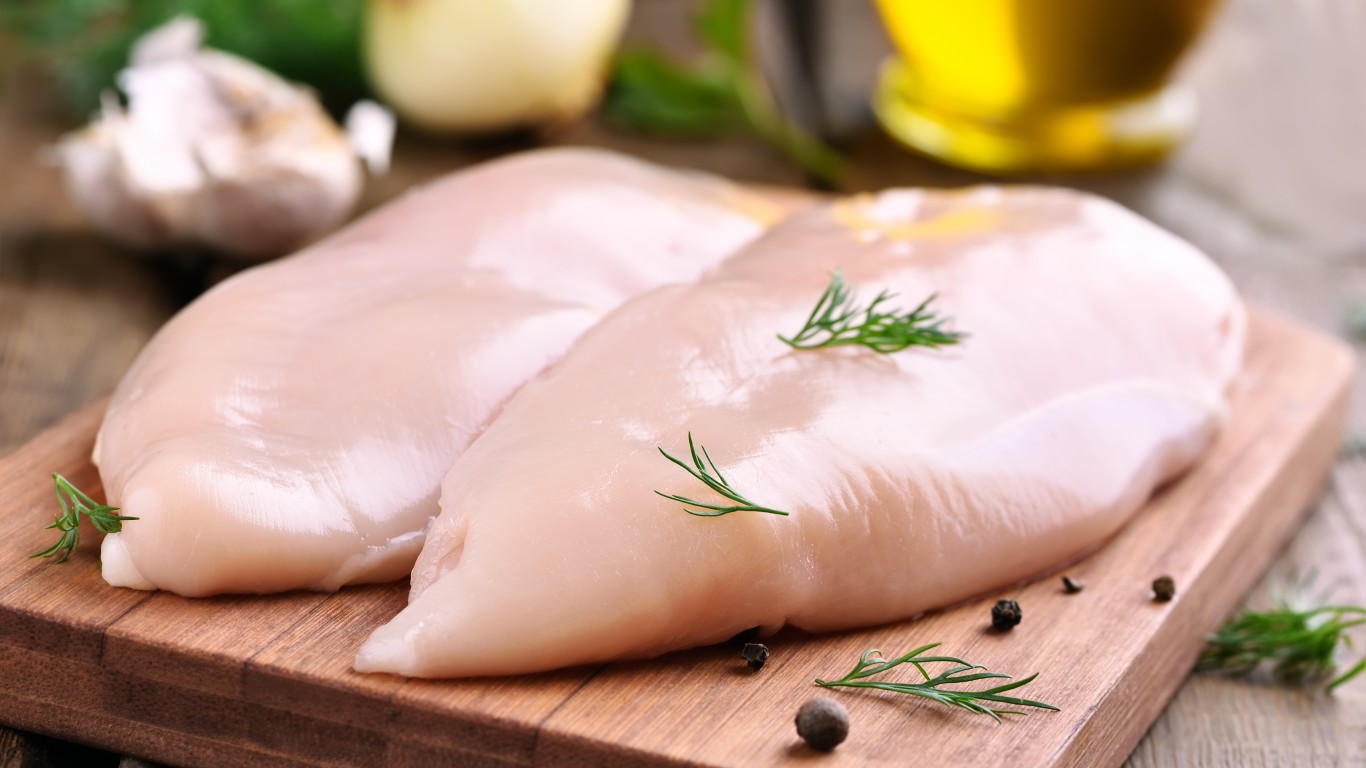
Poultry breasts (chicken, duck, goose)
> Internal temperature: 165º
Chicken breasts should probably be cooked to an internal temperature of 165º for safety, though Michelin three-star British chef Heston Blumenthal cooks his to about 150º. Commercially raised goose, like duck, is not as likely to be contaminated with bacteria as chicken, and the flesh is more like that of red meat than fowl. Some cooks prefer duck breast pink, which means at 130º to 135º (which is commonly how restaurants serve it). Goose breast will stay pink and juicy up to 140º to 150º.
[in-text-ad]
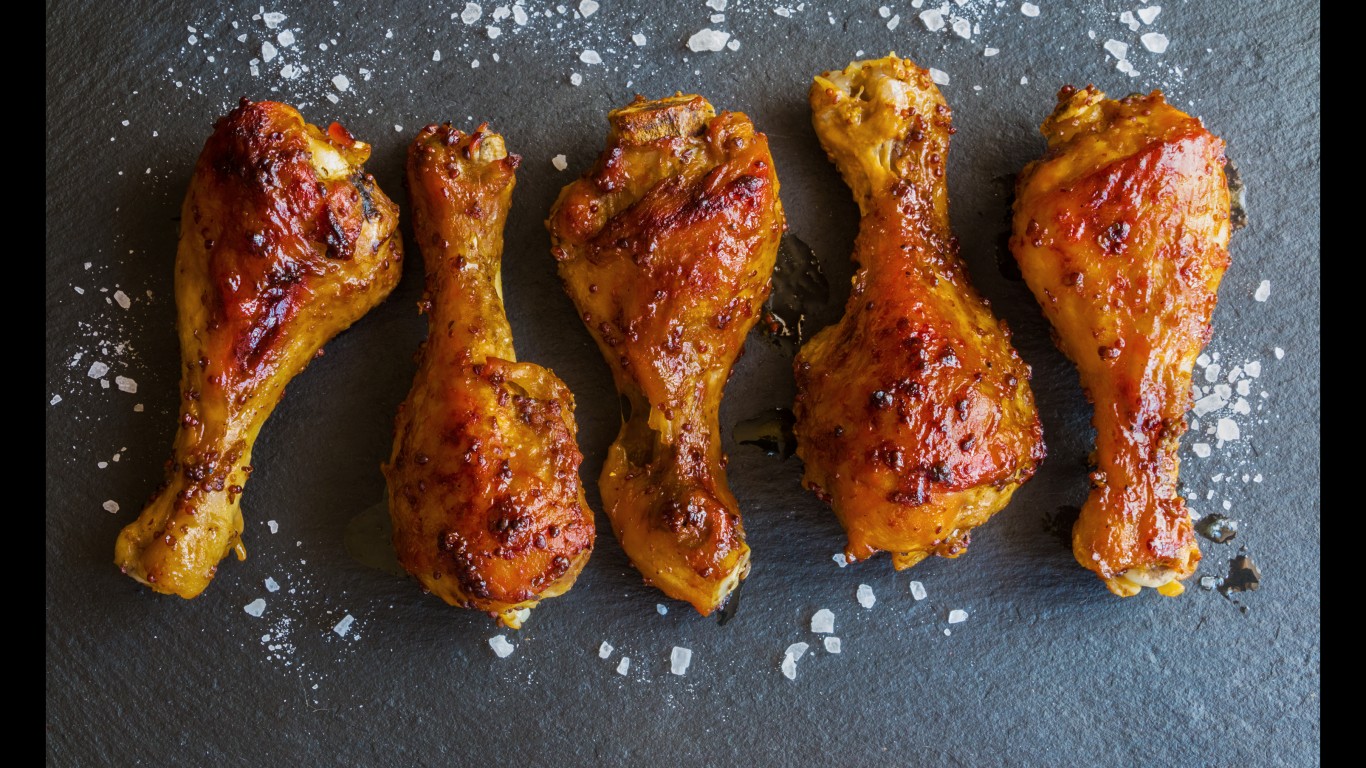
Poultry legs (chicken, duck, goose)
> Internal temperature: 165º
This temperature is commonly accepted as correct for chicken, duck, or goose legs.
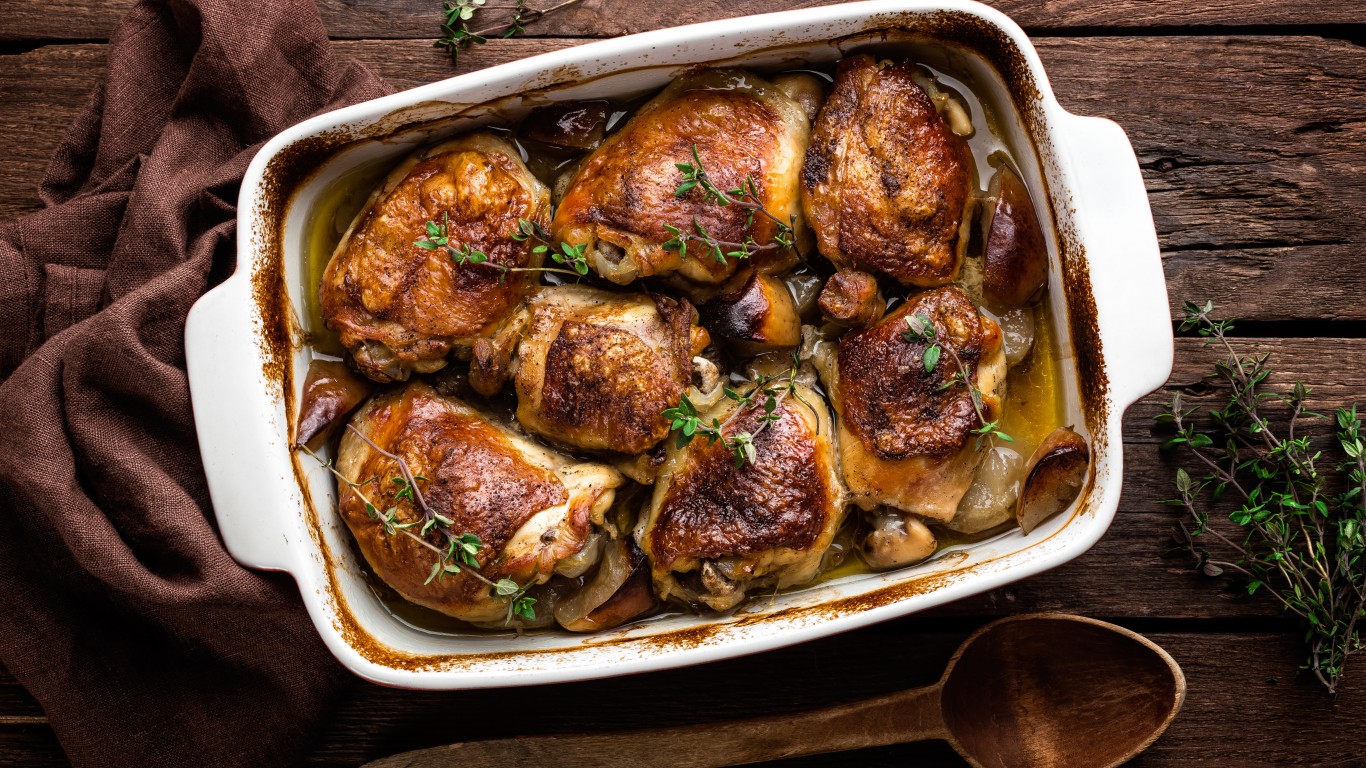
Poultry thighs (chicken, duck, goose
> Internal temperature: 165º
This temperature is standard for chicken, duck, or goose thighs, though the Food Network Kitchen extends the range to between 165º and 175º.
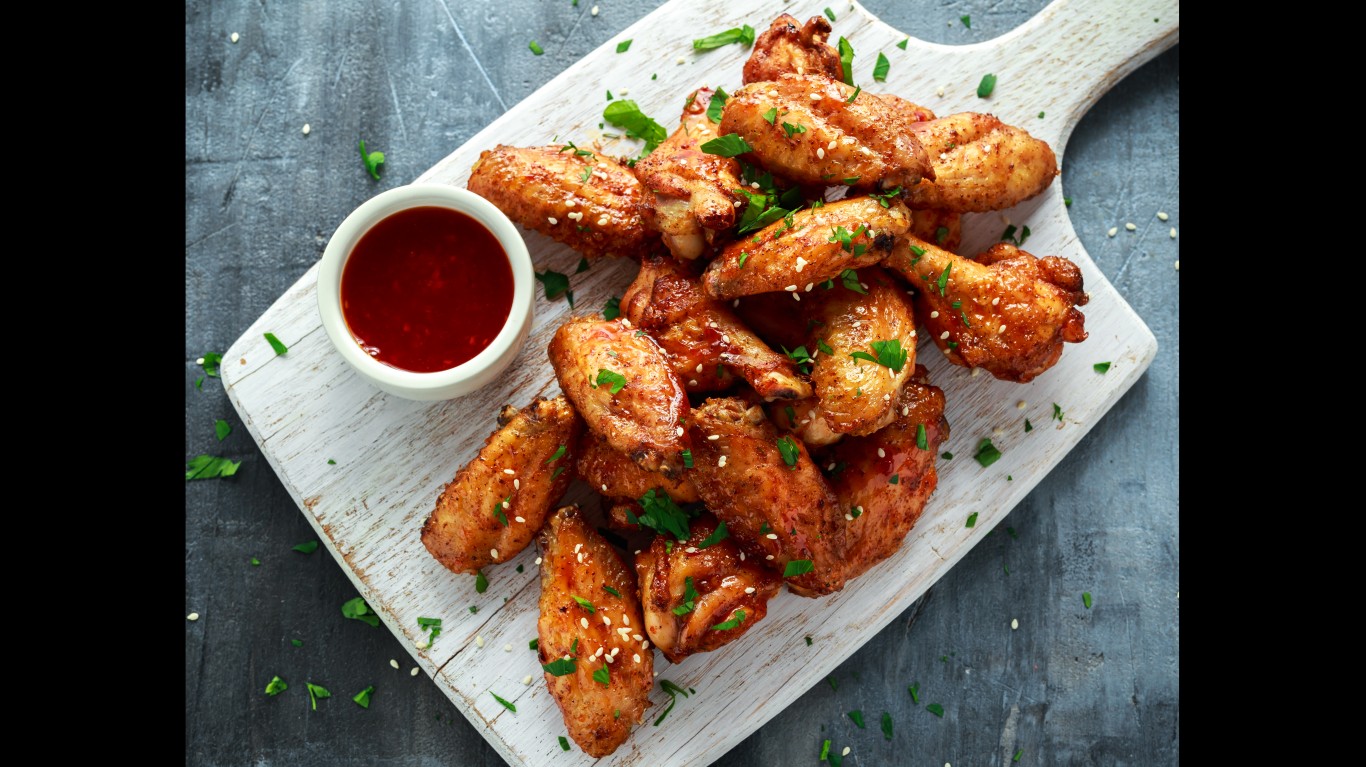
Poultry wings (chicken, duck, goose)
> Internal temperature: 165º
As with other poultry parts, the USDA prefers wings to be cooked to 165º. Wings have so little meat on them, however, that it’s hard to know where to stick the thermometer without hitting bone — and in any case, they’re so small compared to other poultry parts that by the time they’re well-browned on the outside they’re almost surely cooked through.
[in-text-ad-2]
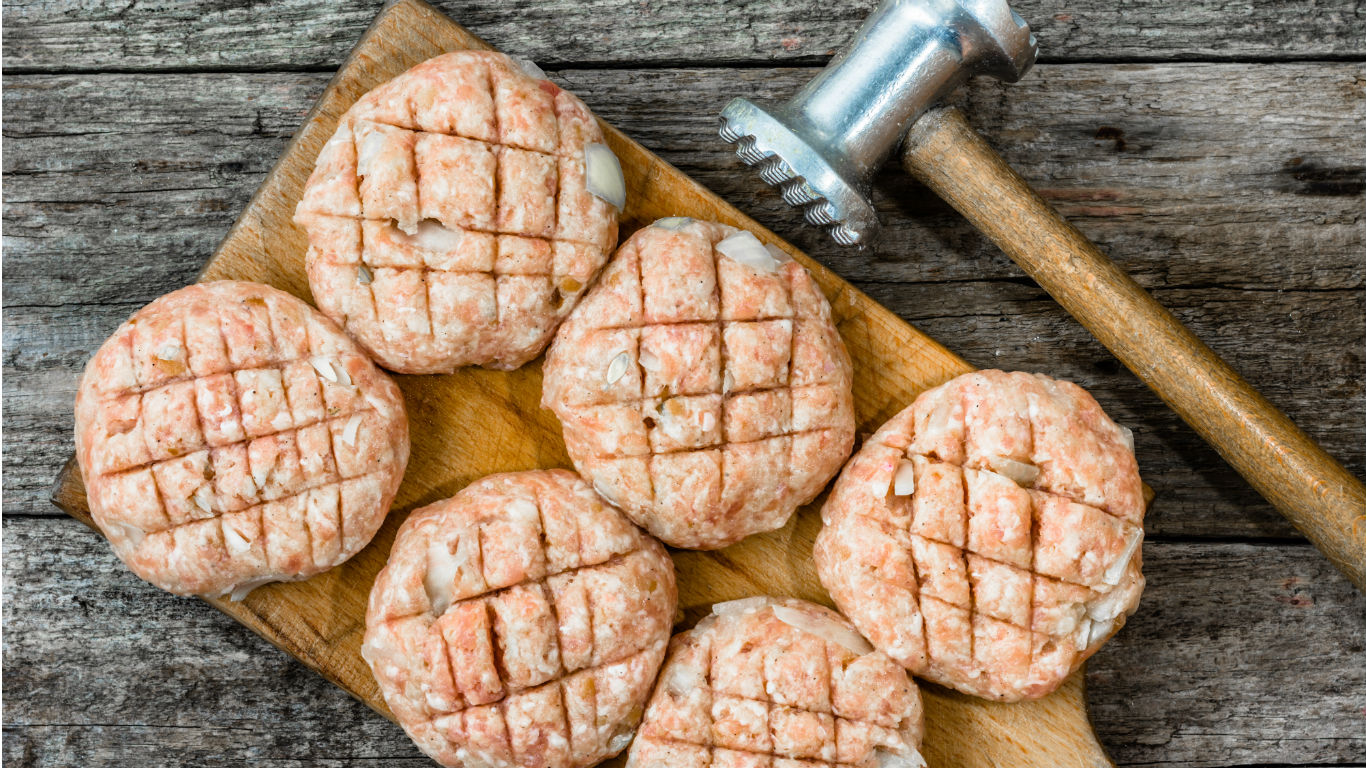
Pork, ground
> Internal temperature: 160º
Ground pork, like any other ground meat, is at more risk of developing bacteria than whole-muscle cuts like chops and roasts, so it should be brought to 160º.
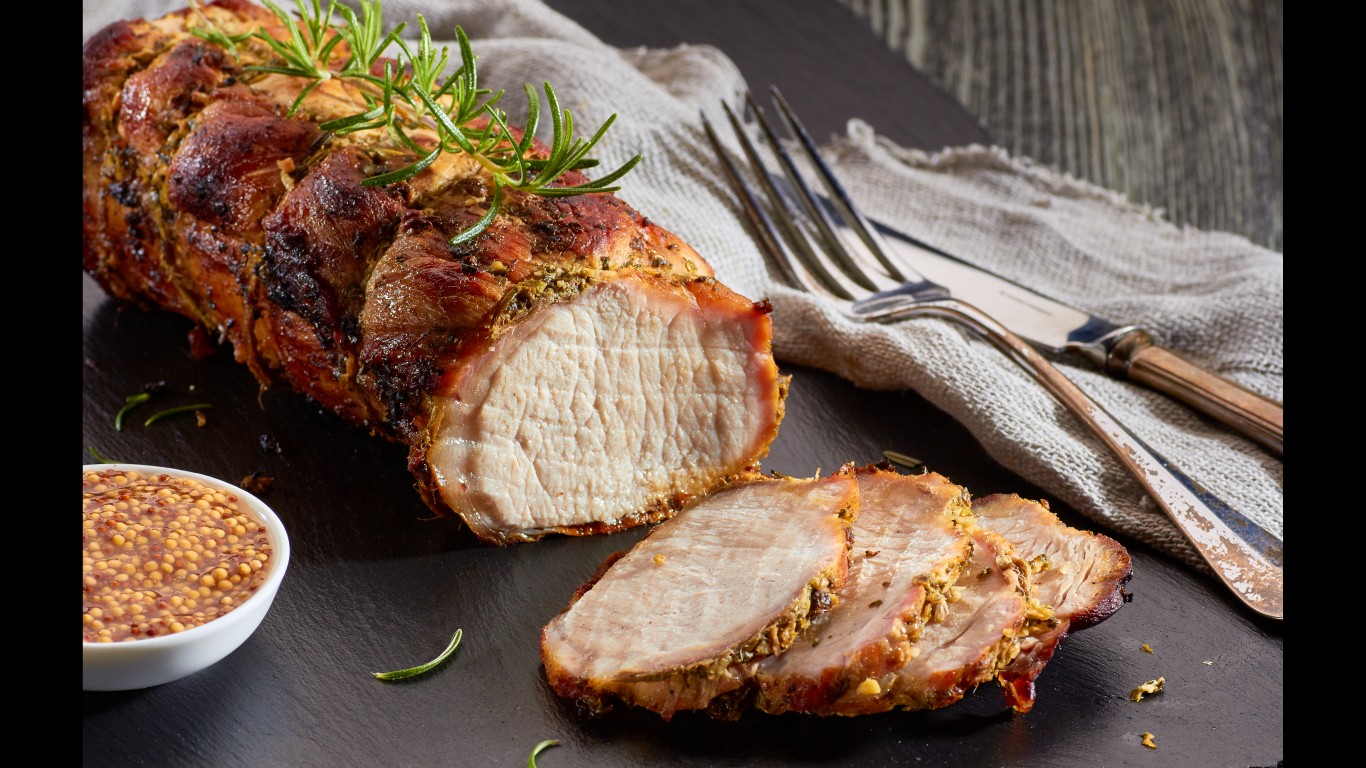
Pork roasts and chops
> Internal temperature: 145º (rest for 3 minutes)
For years, the USDA told consumers to cook whole-muscle pork cuts to a temperature of 160º, but in 2011, after several studies proved that there was minimal danger in cooking the meat to 145º, they issued new guidelines resulting in the current recommendation.
[in-text-ad]
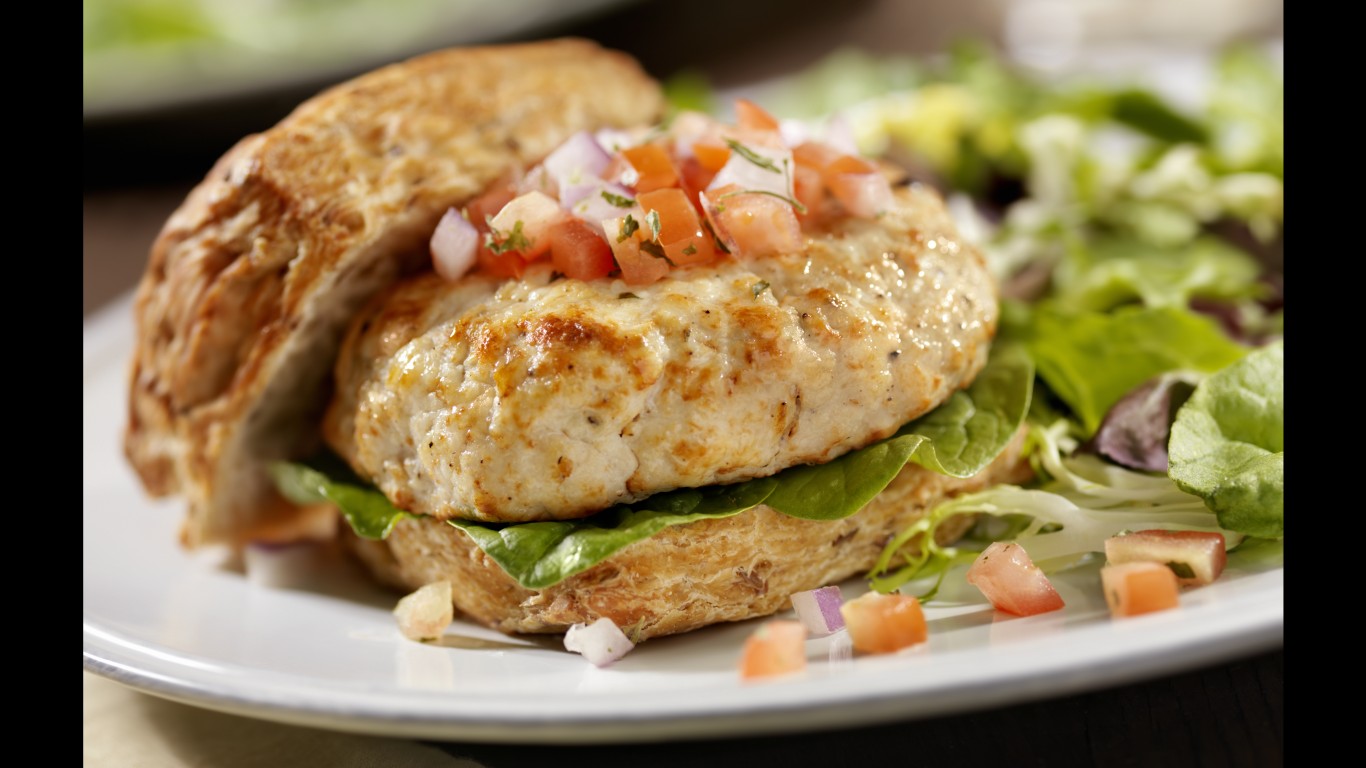
Turkey, ground
> Internal temperature: 165º
Though turkey may not be contaminated with bacteria as often as chicken is, the ground meat should still be cooked to 165º — and according to the Food Network Kitchen, 170º to 175º is preferable.
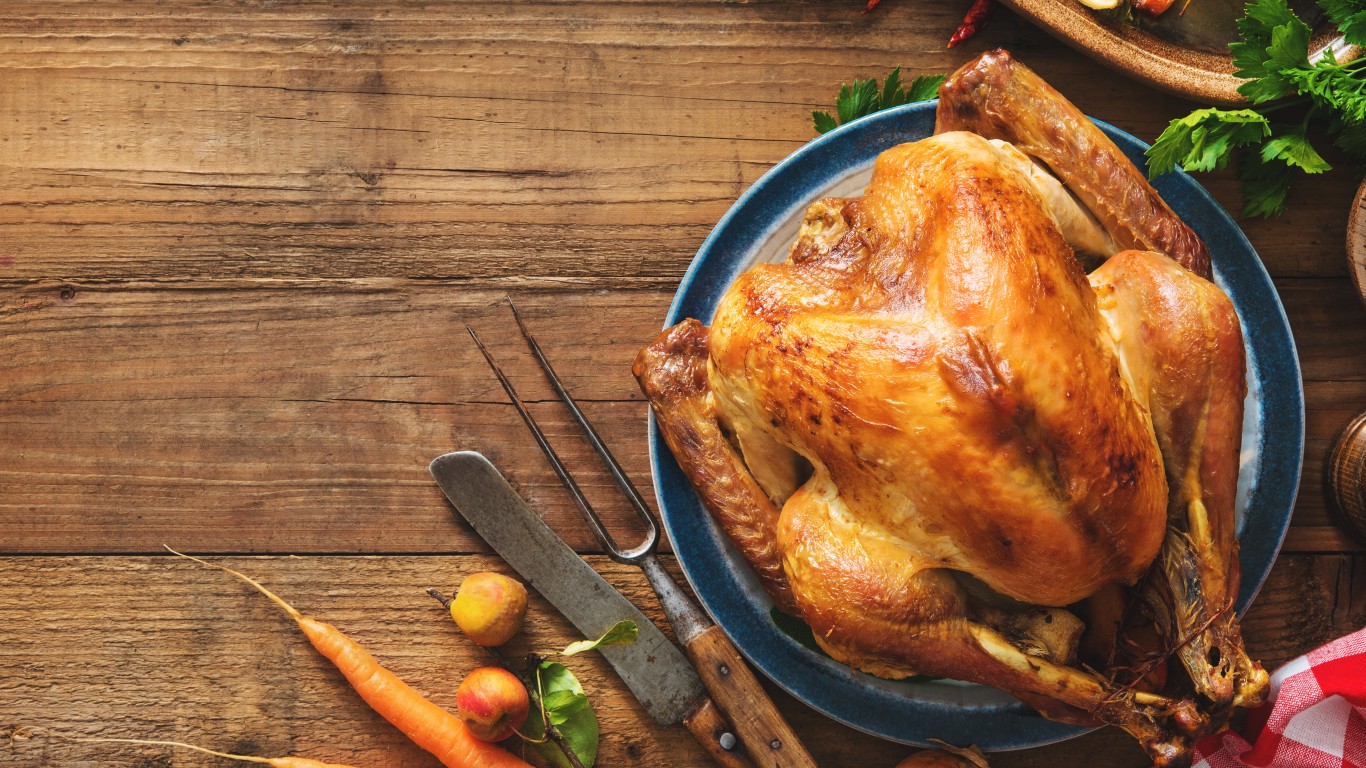
Turkey, whole
> Internal temperature: 165º
These big birds really should be cooked to 165º, even if that means that the white meat dries out by the time the dark meat is cooked through. (This situation will be familiar to anyone who’s ever had a traditional American Thanksgiving dinner — but that’s what the gravy’s for.)
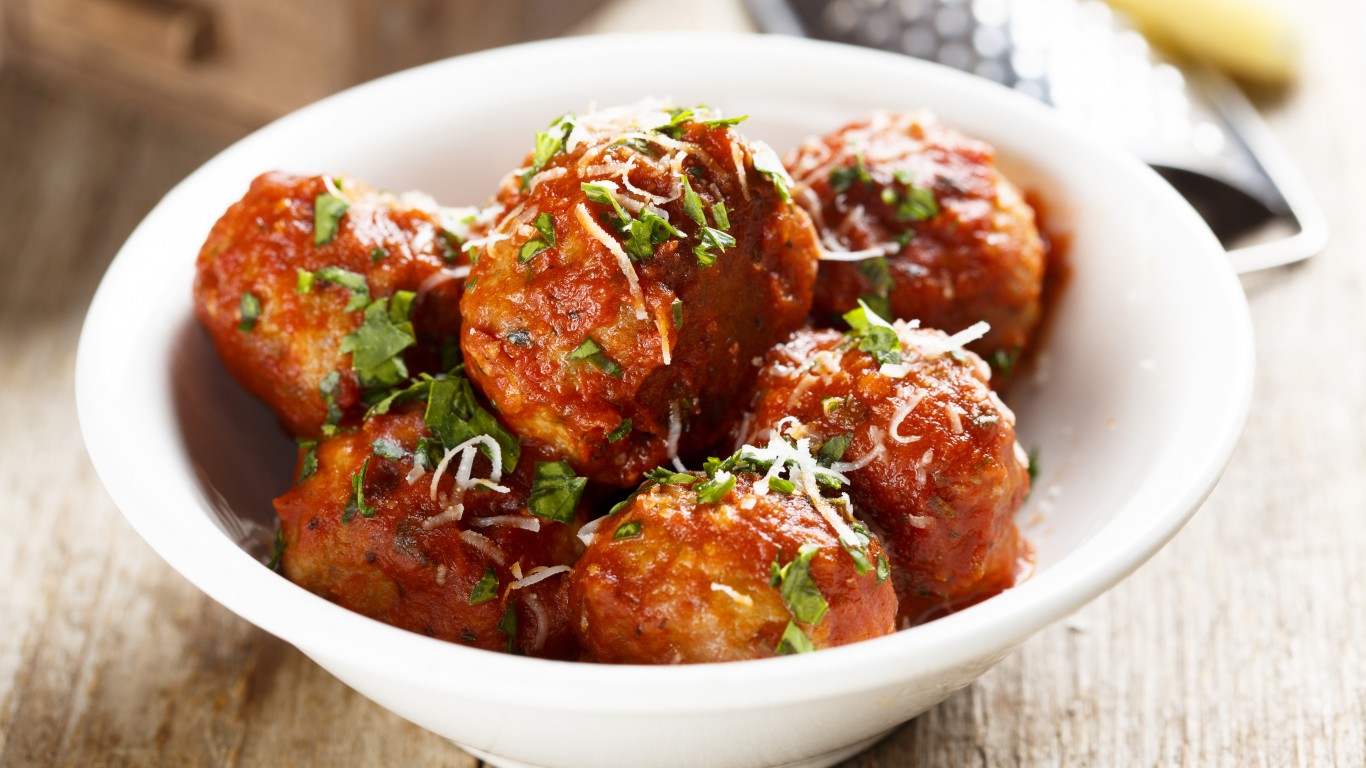
Veal, ground
> Internal temperature: 160º
Ground veal should follow the same rules that ground beef does — 160º for well-done (and safest), 140º for medium, 130º for medium-rare.
[in-text-ad-2]
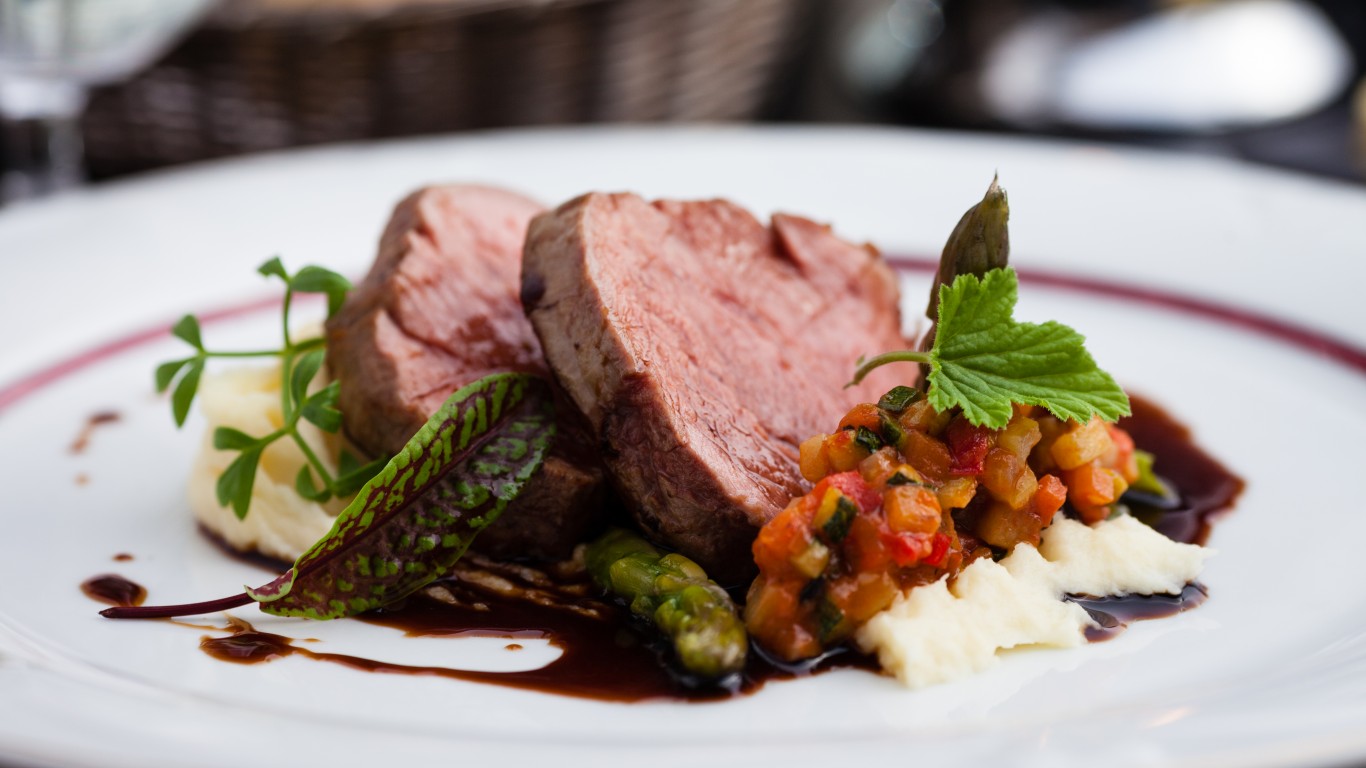
Veal steaks, chops, roasts
> Internal temperature: 145º (rest for 3 minutes)
The same rules apply here as for beef: 135º to 140º for medium, 130º to 135º for medium-rare, and — though diners don’t usually eat veal quite as rare as beef, 125º plus a three-minute rest period after cooking for rare.
Take Charge of Your Retirement In Just A Few Minutes (Sponsor)
Retirement planning doesn’t have to feel overwhelming. The key is finding expert guidance—and SmartAsset’s simple quiz makes it easier than ever for you to connect with a vetted financial advisor.
Here’s how it works:
- Answer a Few Simple Questions. Tell us a bit about your goals and preferences—it only takes a few minutes!
- Get Matched with Vetted Advisors Our smart tool matches you with up to three pre-screened, vetted advisors who serve your area and are held to a fiduciary standard to act in your best interests. Click here to begin
- Choose Your Fit Review their profiles, schedule an introductory call (or meet in person), and select the advisor who feel is right for you.
Why wait? Start building the retirement you’ve always dreamed of. Click here to get started today!
Thank you for reading! Have some feedback for us?
Contact the 24/7 Wall St. editorial team.


